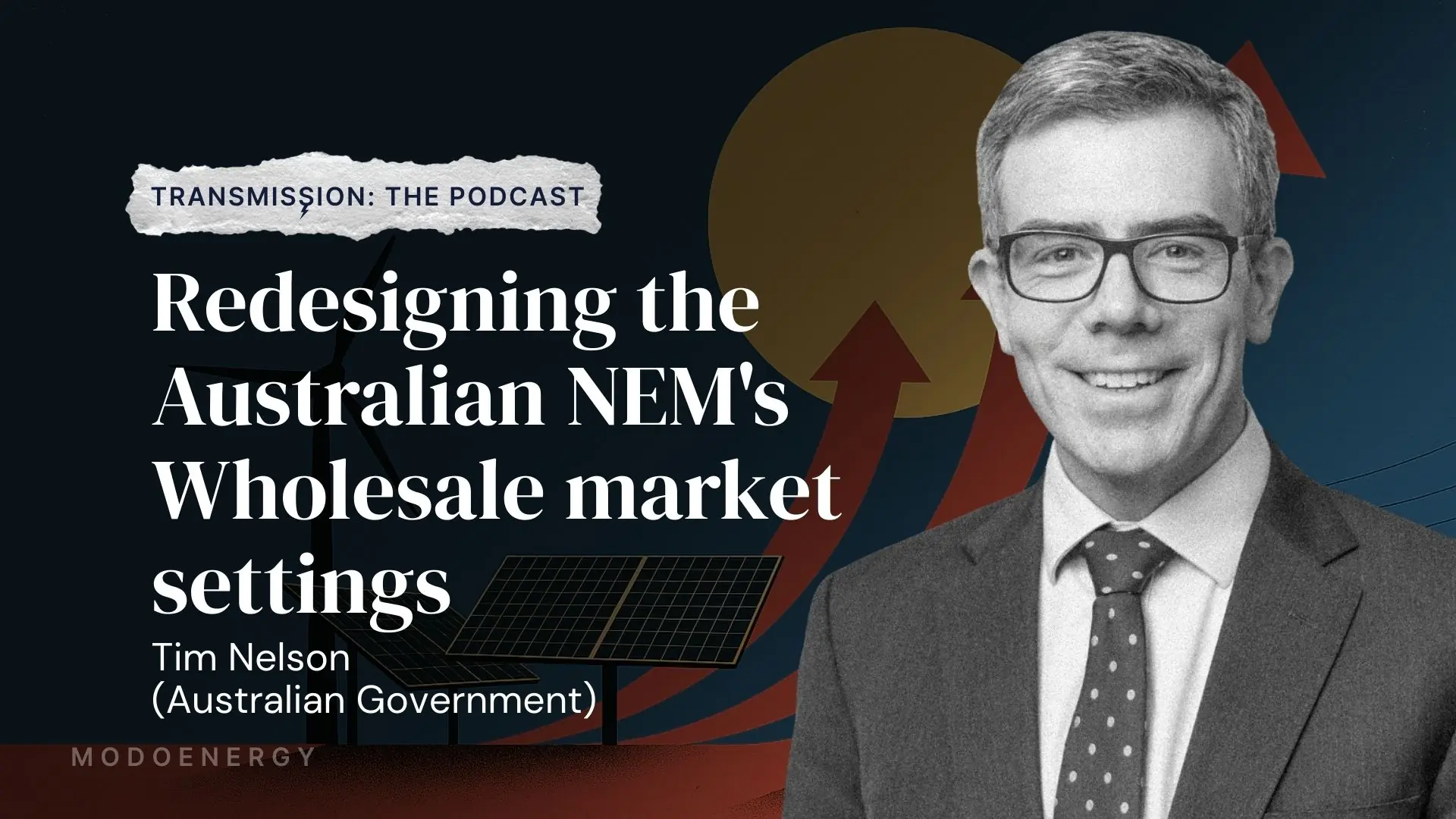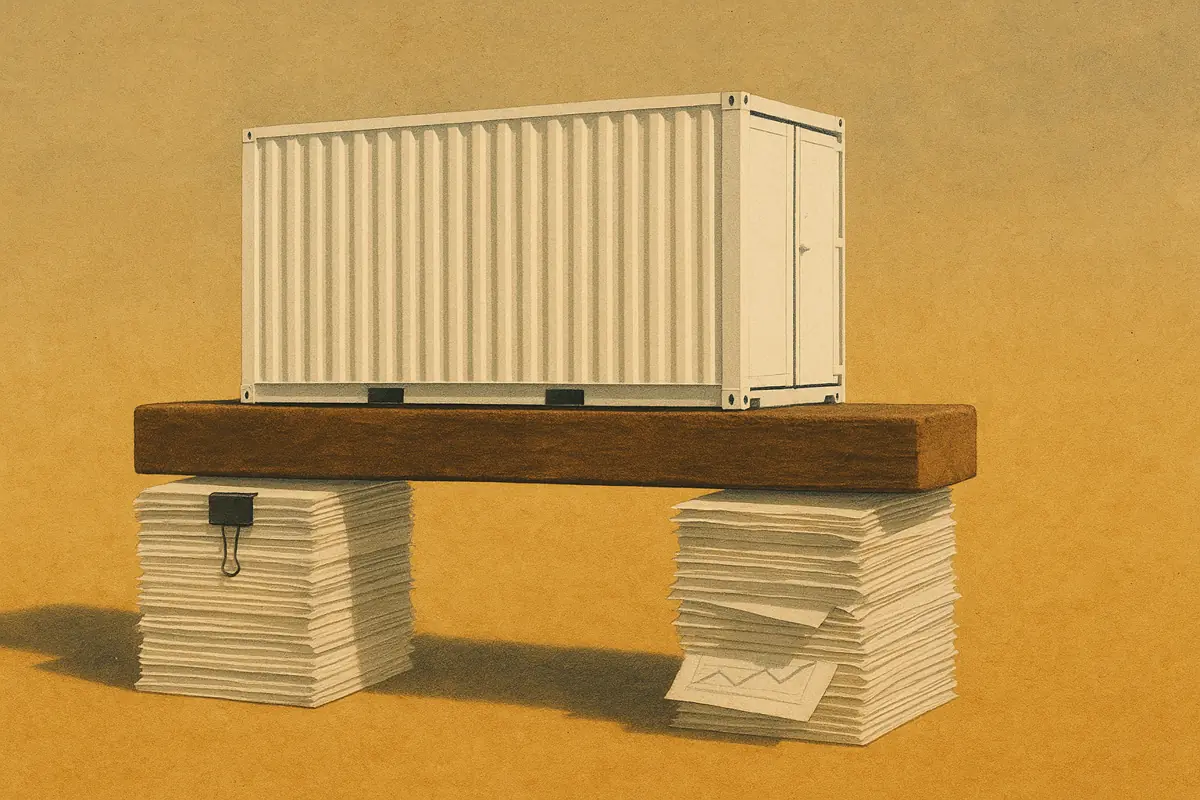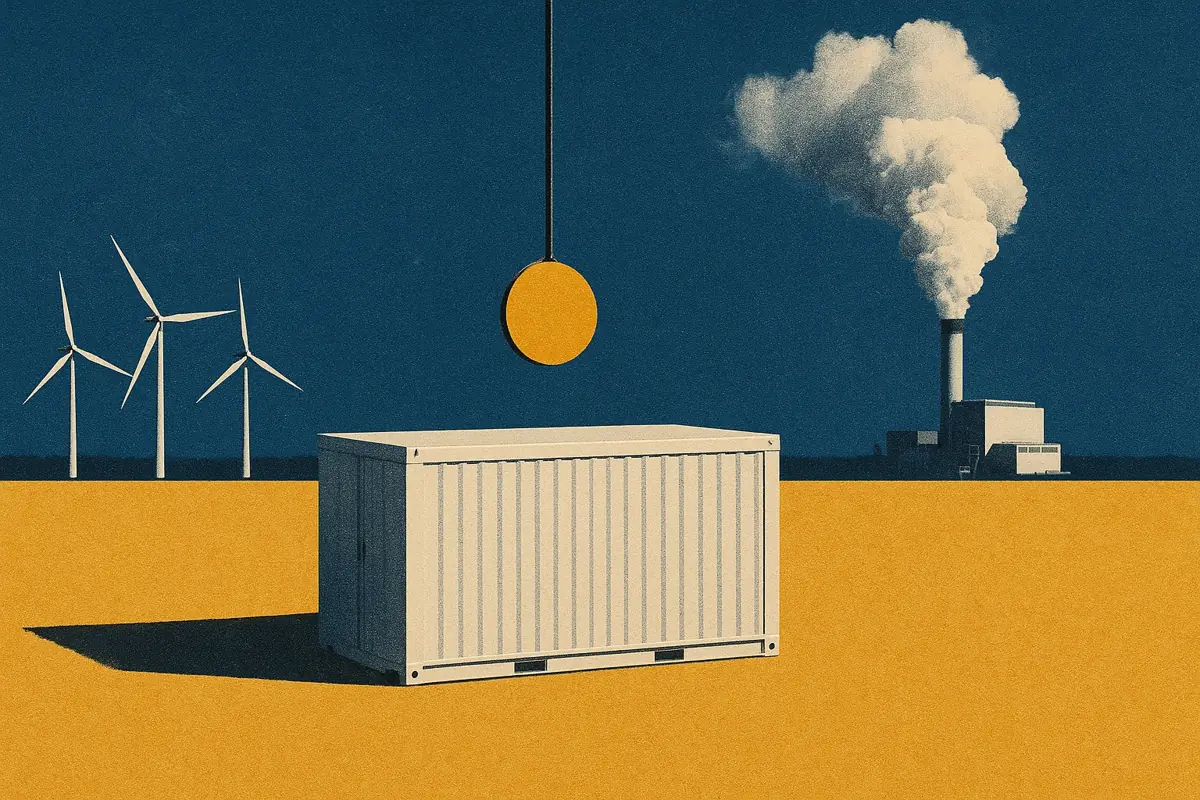Executive Summary
- Fourteen new battery energy storage systems (BESS) began commercial operations in ERCOT across October and November, adding over 1 GW of rated power.
- ENGIE led capacity additions, while new entrants like UBS Asset Management and Cypress Creek Renewables expanded market participation.
- ERCOT’s total installed battery capacity has nearly doubled in 2024, with 2.2 GW more awaiting commercial approval in the next three to six months.
Subscribers to Modo Energy’s Research will also find out:
- How ENGIE, Shell, Tenaska, and other top operators are consolidating control over new BESS assets.
- Why ERCOT’s rapid BESS expansion could see another 10 GW of capacity come online in 2025.
- Which new entrants are reshaping ERCOT’s battery landscape and what their projects signal for future market dynamics.
To get full access to Modo Energy’s Research, book a call with a member of the team today.
Introduction
Across October and November, fourteen new battery energy storage systems received full approval from ERCOT to begin commercial operations.
In all four load zones in ERCOT, at least two batteries were able to begin commercial operations.
However, installed capacity increased the most in the West and North Load Zones, shown on the map below in red and yellow, respectively. Between October and November, more than of new battery energy storage capacity was completed in both the West and the North.







